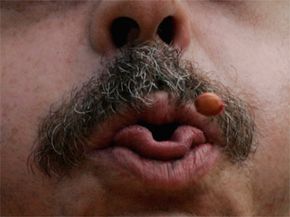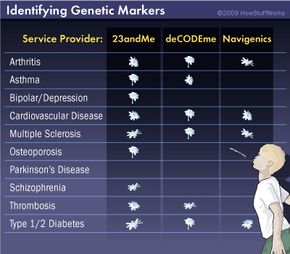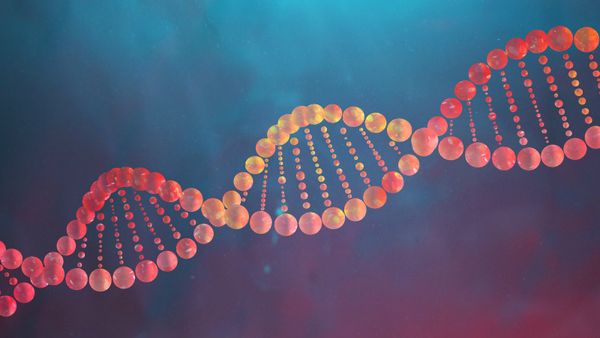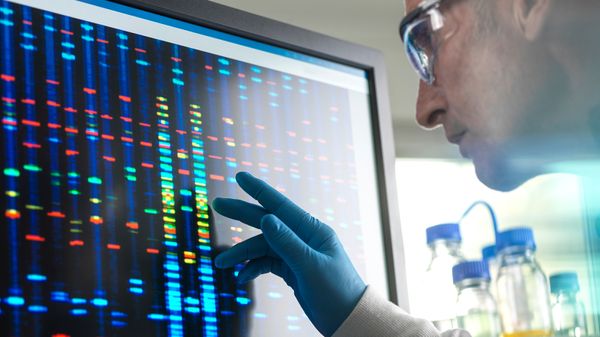People spit for a variety of reasons. We've all employed the technique to remove a hair or some other distasteful object from our mouths. People who chew tobacco do it for obvious reasons. Ball players do it because they're nervous, bored or looking to showcase their masculinity. And people in many different cultures spit on their enemies to show disdain.
Thanks to a phenomenon known as direct-to-consumer genetic testing or at-home genetic testing, people are spitting today for a much more productive (and perhaps more sophisticated) reason -- to get a glimpse of their own DNA.
Advertisement
That's right. Your saliva contains a veritable mother lode of biological material from which your genetic blueprint can be determined. For example, a mouthful of spit contains hundreds of complex protein molecules -- what scientists call enzymes -- that aid in the digestion of food. Swirling around with those enzymes are cells sloughed off from the inside of your cheek. Inside each of those cells lies a nucleus, and inside each nucleus, chromosomes. Chromosomes themselves are made up of DNA, the now-ubiquitous shorthand for deoxyribonucleic acid, the double-stranded molecule that gets much of the credit for what we look like and how we act.
Of course, you can't look at your own spit and see sloughed-off cells, the DNA they contain or the genetic information coded in the long chain of base pairs. You need special equipment and scientists who know how to use it. You also need trained counselors who can help you interpret the data once you get it back. That's where companies like 23andMe, deCODEme and Navigenics come in. They give you the tools, resources and infrastructure necessary to learn more about what makes you tick at a cellular level. They each do it slightly differently, and they each reveal different aspects of your DNA profile.
Let's see how these companies transform spit into state-of-the-art science.
Advertisement





